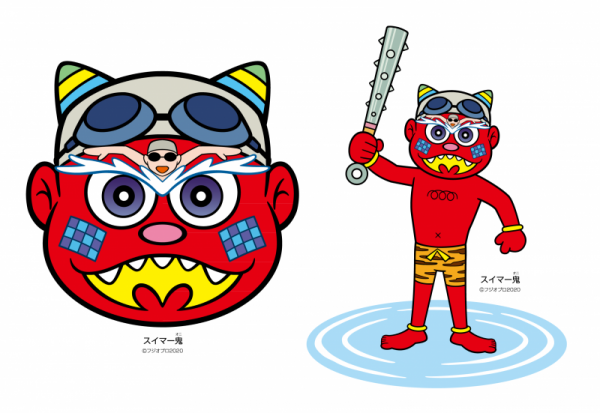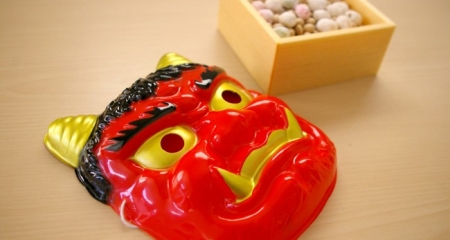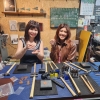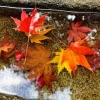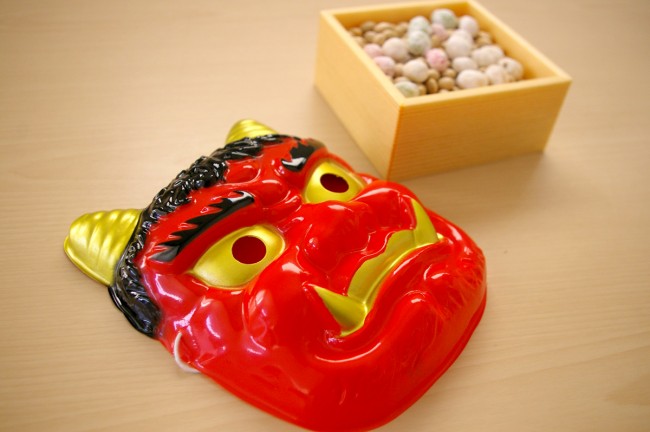
Setsubun a day early!
In the past, Setusbun fell on February 3rd. But the day has been changed for the first time in 124 years. Why?
The time it takes for the earth to go around the sun is not perfectly 365 days a year. Due to the adjustment of the calendar, the event on February 3rd became February 2nd this year. Again. It has been the first time in 124 years!
Setsubun refers to the day before the beginning of each season (the first days of spring, summer, fall and winter). The literal meaning of the word Setsubun is “division of the seasons.” Out of all the 4 Setsubun days, Risshun (the first day of spring) is the most special day.
Back in the day, the Japanese new year started on Risshun (The first day of spring). Setsubun signifies the ending of winter and the beginning of spring. Additionally, Setsubun is often the coldest day of the year.
It is believed that oni *come when the seasons change in Japan. There are many rituals to exorcise these oni, which differ by region.
Throwing roasted soybeans(豆まき)
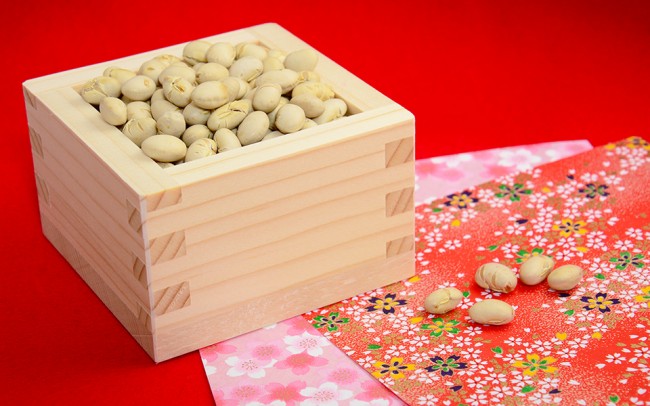
The term oni refers to the invisible negative vibes called jaki in Japanese. To get rid of the oni, people scatter roasted soy beans, or fukumame, both inside and outside of their houses. In order to instill god’s power in the fukumame, they are to be placed on the household altar until Setsubun.
Throwing roasted soybeans was first practiced back in the Heian period. To stop oni from attacking villages the soybeans were thrown at their eyes. Traditionally, only the husband or the male person of the year* took part in the practice, but it has since become a family-wide event to take in good luck for all family members.
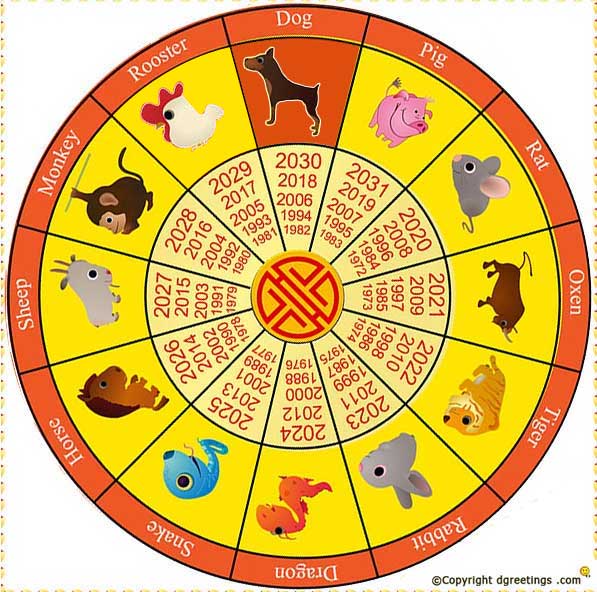
*Male person of year: refers to a person who was born in the same Chinese zodiac sign as the current year.
These days, has become the dad’s job to wear an oni mask and have soybeans thrown at him. The phrase “Out with the devil! In with good fortune,” (鬼は外、福は内) is chanted when throwing the soybeans.
The ceremony also has a small twist. When saying “Out with the devil,” open a window and throw beans twice. Make sure to close the window immediately so the oni doesn’t come back! When saying “In with good fortune,” throw soy beans twice inside the house, to keep the good fortune in.
Once the beans are thrown, gather them all up and eat the same number of beans as your age. Eat one extra to keep you from sickness and stay healthy for the whole year!
Ehomaki(恵方巻)
Ehomaki is a sushi roll that is believed to bring good luck when eaten on Setsubun day. This custom began in the Kansai area but now it has become a nationwide event and Ehomaki is sold at supermarkets and convenience stores around Setsubun.
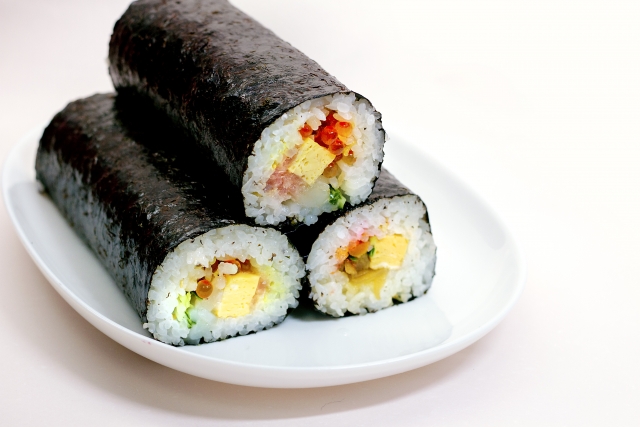
Other names are “Maru kaburi sushi,” “Eho sushi,” and”Kippo Maki.”
When eating Ehomaki, look in the year’s lucky direction, and eat quietly while making a wish. This year’s lucky direction was South-south-east. Hope you had a very very exact compass with you!
Ehomaki should not be cut. This represents not cutting any good bonds in the future.
The 7 ingredients inside Ehomaki represent the 7 gods. This has the meaning of “rolling in goodness (luck).” Recently, there have been a lot of Japanese snacks and cakes that replicate ehomaki.
Roasted soybeans VS Shelled Peanuts

大豆 ー soy beans 落花生ー peanuts
Although, traditionally roasted soybeans are used for Setsubun, in Niigata prefecture, shelled peanuts are more popular. This is because of the weather. In February, northern parts of Japan see more snows compared to southern area. Therefore, people need the bigger missiles, to find them after easier in the snow. Therefore, Niigata, and other northern prefectures typically use shelled peanuts.
There are other benefits of using shelled peanuts. Firstly, they are easier to find inside the house as well! Roasted soybeans get stuck in small gaps in furniture and fissures in the flood. Trying to sweep them all at once also doesn’t work, since the beans get mixed with dust (and remember, after the beans are picked up, they have to be eaten!). However, peanuts are bigger and therefore easier to spot.
Lastly, the contents are protected by the peanut shell and therefore is more hygienic!
 |
Jerry A was born in Niigata and he is very proud of his hometown. Every day, he is delighted by the contrast of Niigata City business district and the raw nature of the surrounding farms and mountains. He likes to write about Niigata culture, history, and traditions. He is a big fan of Sake. |


